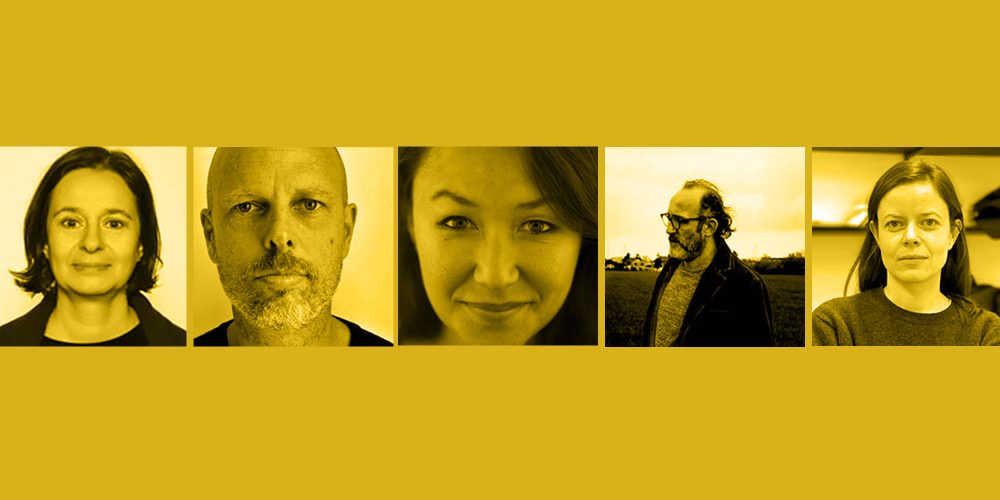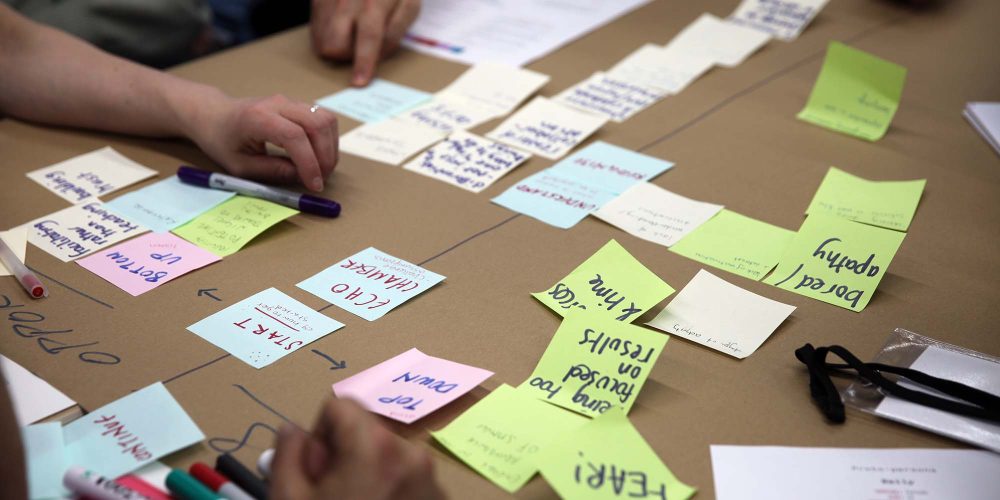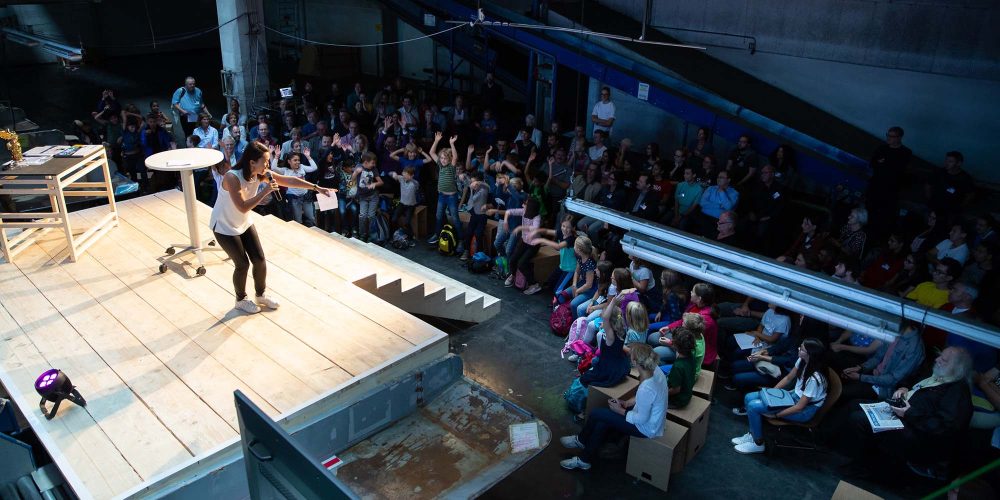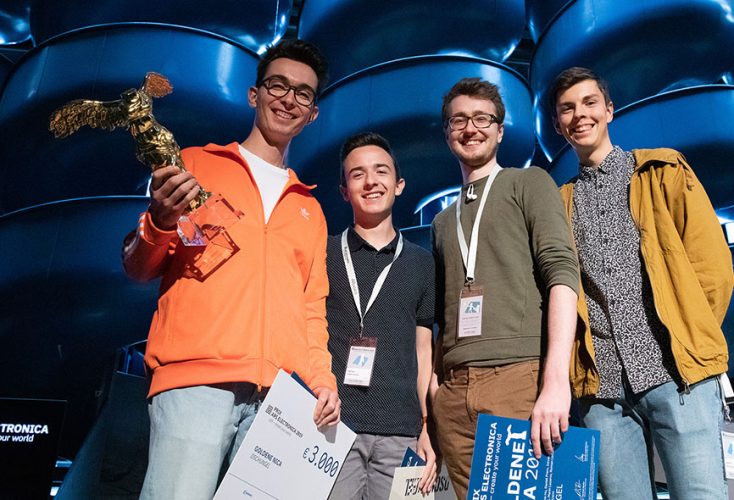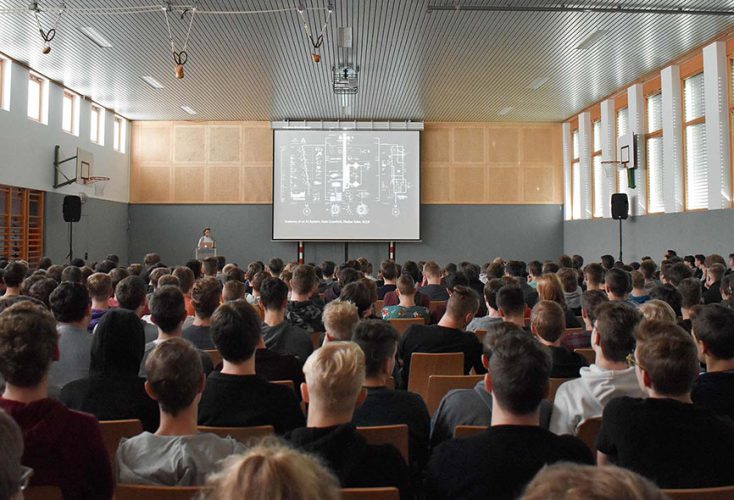
2020
-
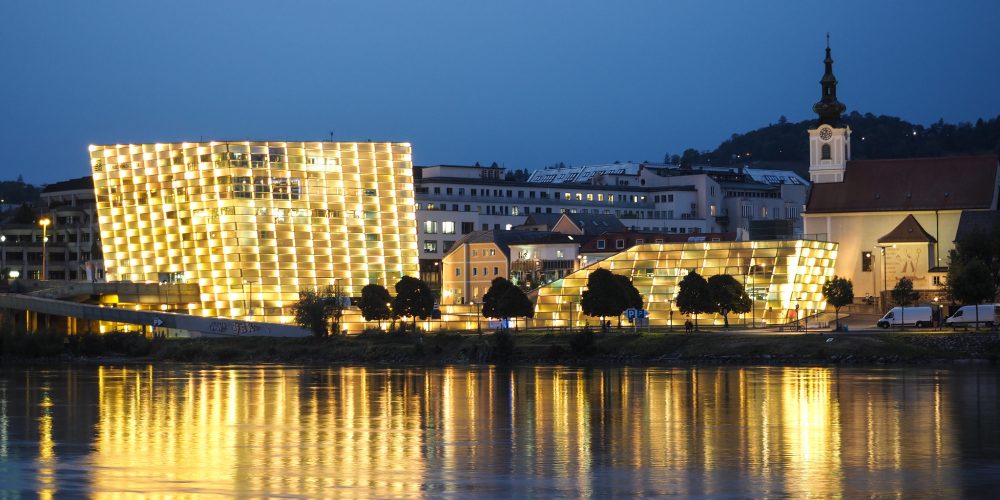
The future under the pillow
Of course we realize that we do not understand integral calculus better if we put the textbooks under the pillow on which we sleep. But it doesn’t do any harm, does it?
-
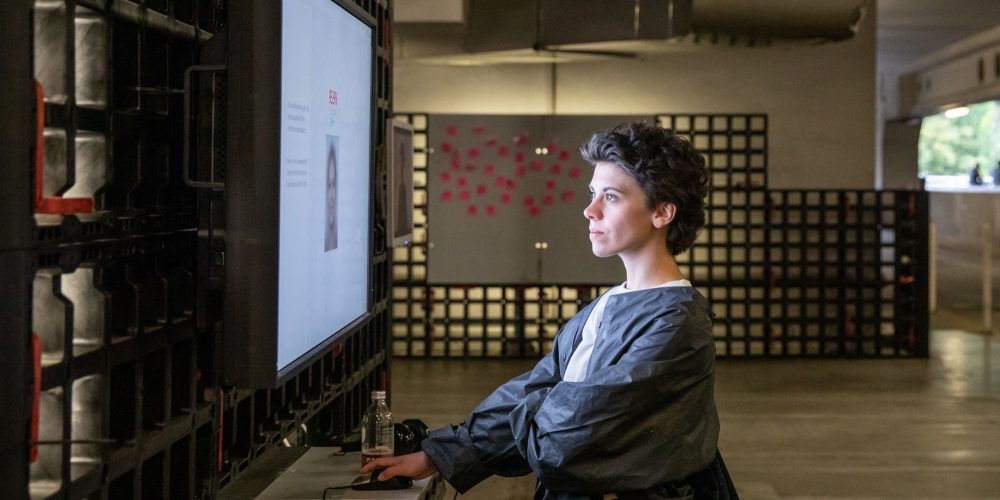
Women in Media Arts: Does AI think like a (white) man?
“Women in Media Arts” is an Ars Electronica database specifically dedicated to women in media arts. In this series, we introduce you to female media artists and their work, starting with the question: Does AI think like a (White) man?
-
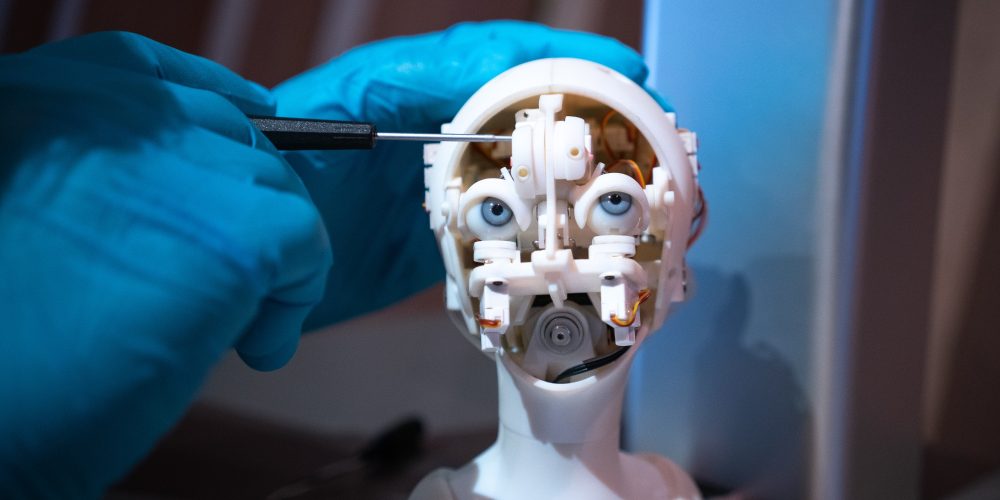
The Museum Never Sleeps
The Ars Electronica Center may be closed at the moment, but it’s not abandoned. We accompanied a colleague during his work at the Museum of the Future, saw a robot from the inside and learned how 3D printing can help in the corona crisis.
-
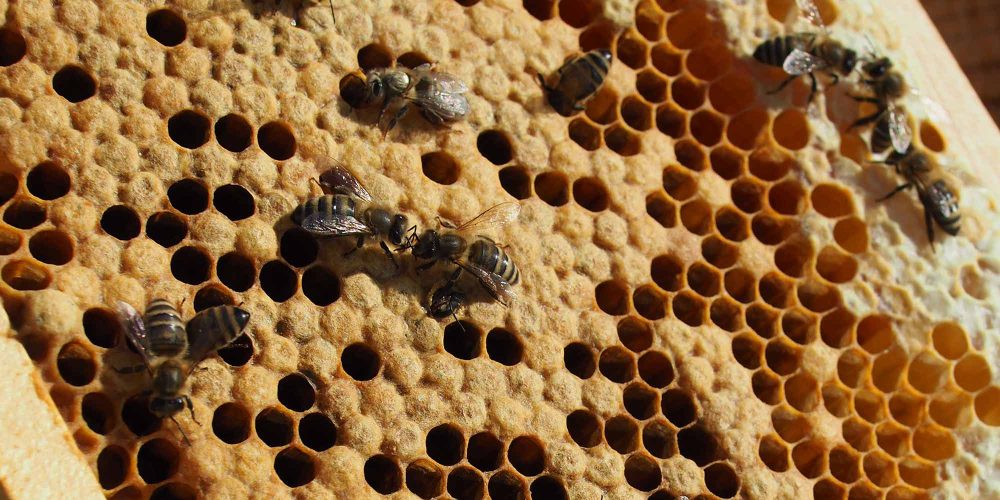
The world stands still – the whole world?
There is no talk of social distancing here, there are enough reasons to leave the house and hygiene is a permanent topic anyway – not only in exceptional cases. Our beekeeper Harald Wohlschlager visited the colony of bees on the roof of the Ars Electronica Center in times of the corona pandemic.
-
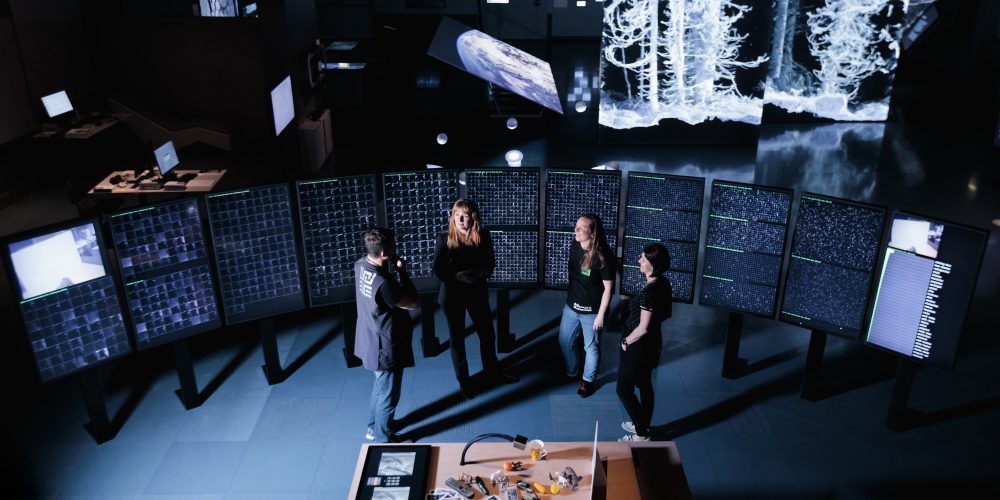
The Big Ars Electronica AI Glossary
Everyone talks about Artificial Intelligence (AI) – but what exactly is it? This glossary shows and explains the most important terms of the world of AI and connects them with examples from the Ars Electronica Center.
-
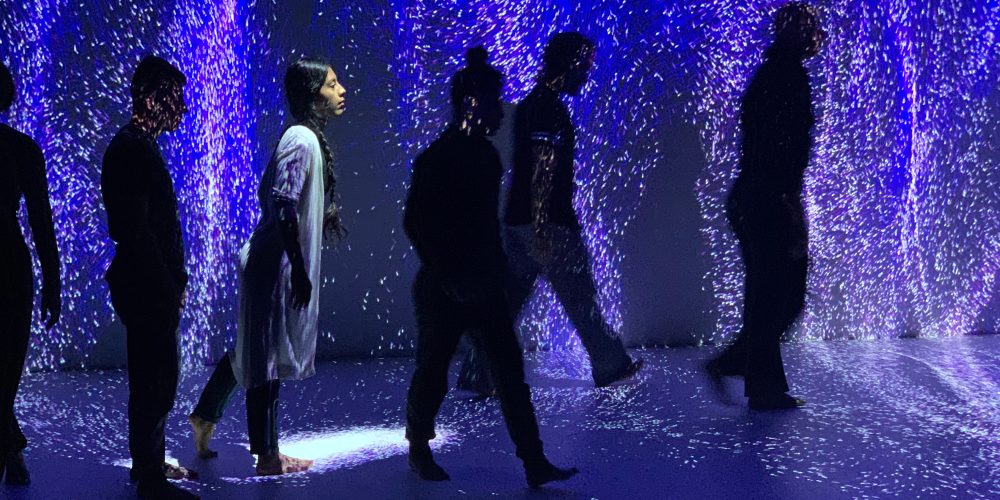
“The Deep Space has a soul”
With fascination we go on a time travel back to the 90s – to the “Cave”, a multimedia room in the recently opened Ars Electronica Center where you could float through walls… A lot has changed since then, both technically and contentwise.
-

“The lower the mobility, the lower is the social contacting”
On the basis of anonymised mobile phone data, the Austrian company Invenium is creating movement analyses to help the crisis team to check the effectiveness of the measures taken against the Corona virus. But many citizens are concerned about the protection of their data.
-
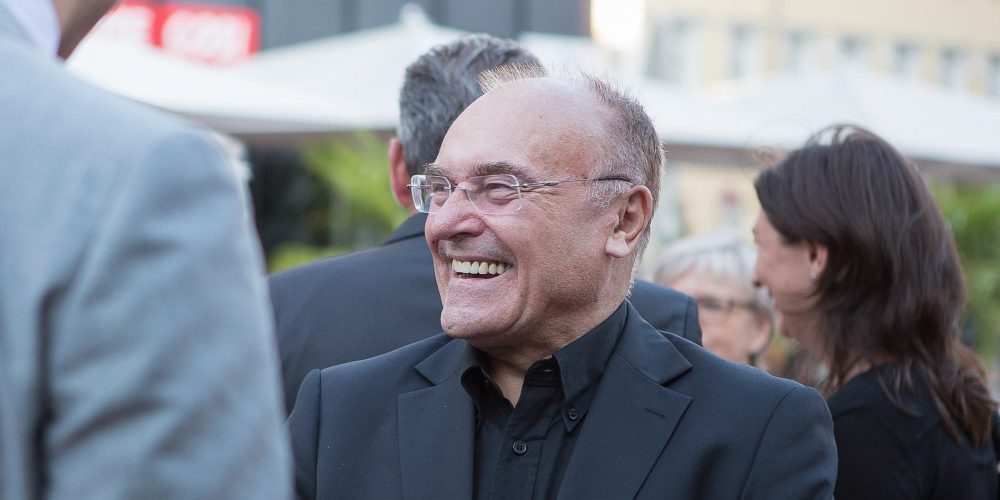
All the best, Hannes!
At the end of the 1970s, Hannes Leopoldseder set out to create a festival for art, technology and society. Today, on the occasion of his 80th birthday, we look back on four decades of digital change with excerpts from his texts and historical photos of the co-founder of Ars Electronica.
-
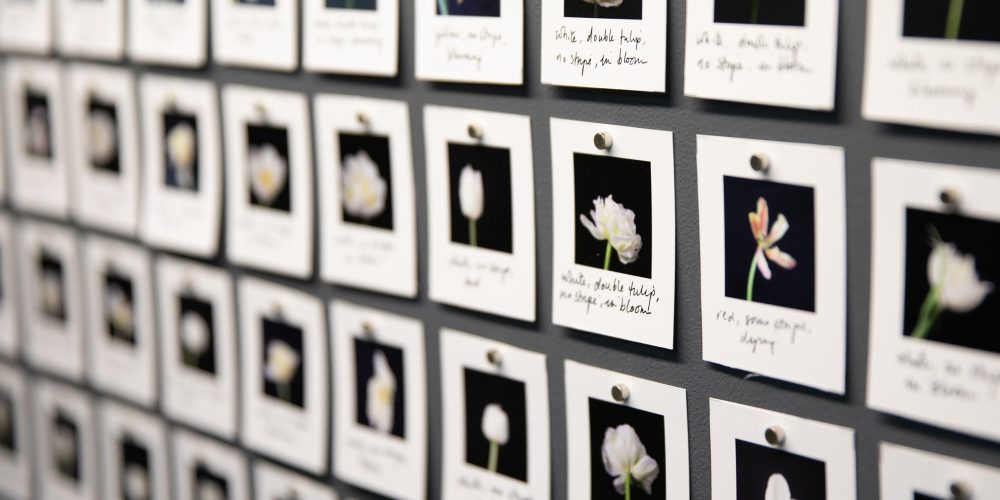
AI isn’t Artificial but Human
Our world is becoming more and more entangled. Financial markets where bots trade endlessly with other bots, social media algorithms that control what narrative we follow, deep fakes that make us doubt even our own senses. It is becoming increasingly difficult to find out where human influence lies in the process of AI.
-

How AI, Big Data and Machine Learning can be used against the Corona virus
We looked at several examples of how Artificial Intelligence, Big Data or Machine Learning are used in the containment of the coronavirus, and the problems, opportunities and challenges they present.
-

The Prix Ars Electronica Jury 2020: Digital Communities
Joint action and the digital exchange of information are right at the heart of the “Digital Communities” – one of the four categories of the 2020 Prix Ars Electronica. We present this year’s jury.
-
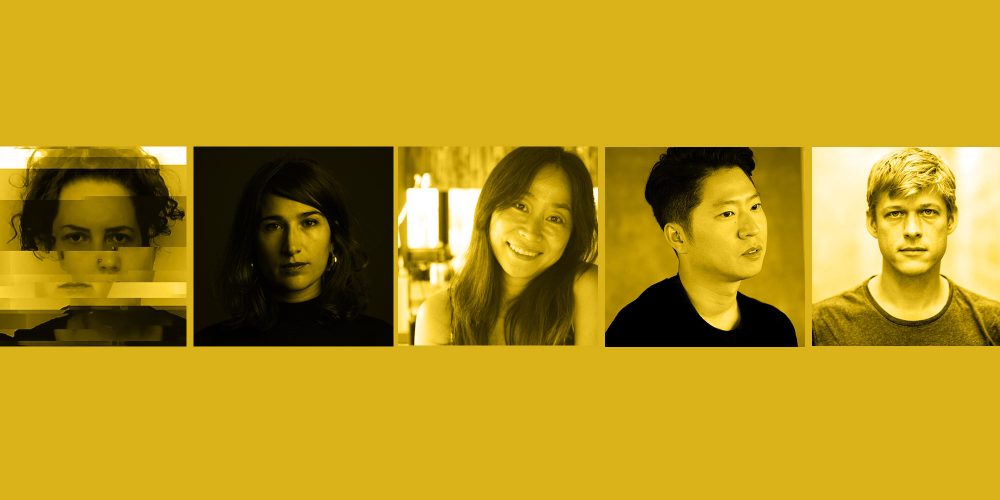
The Prix Ars Electronica Jury 2020: Computer Animation
Since 1987, the Prix Ars Electronica has awarded a Golden Nica in the Computer Animation category every year. This is the jury that will decide on the best animation in 2020.
-
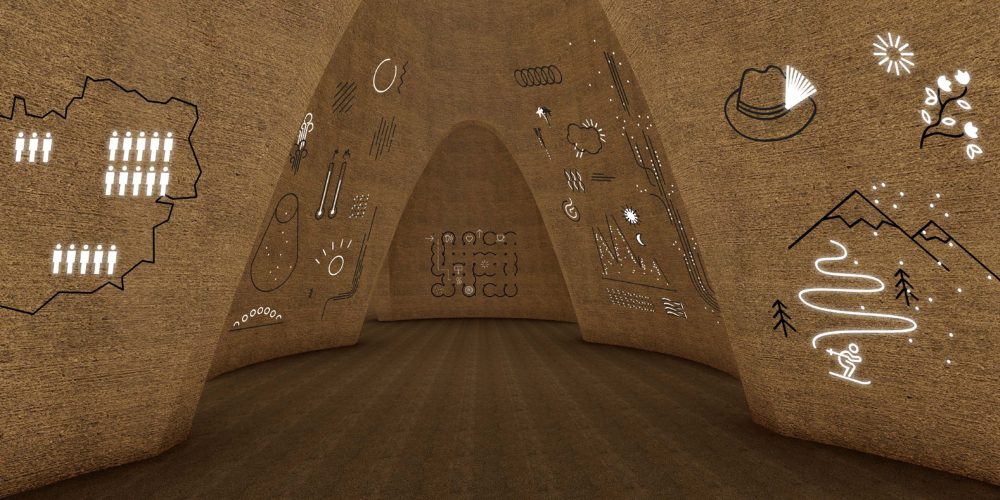
Connecting Minds, Creating the Future
It is a sonorous theme under which the World Expo in Dubai will start in October 2020. The idea behind it: Building partnerships and inspiring ideas that will shape the world of tomorrow. Because we all have the power to shape the future.
-

The 2020 STARTS Prize Jury
Every year a jury meets to examine and evaluate the submissions for the STARTS Prize. These experts have fascinating backgrounds and extraordinary fields of research, which we would like to present in the following.
-
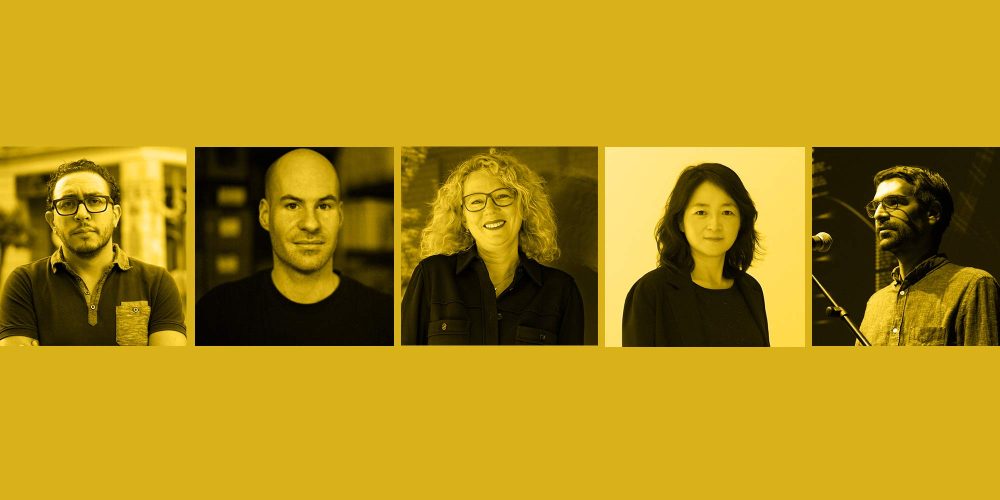
The Prix Ars Electronica Jury 2020: Interactive Art +
The jury in videos: We present to you the persons who will be deciding on the Golden Nica in the Interactive Art + category of the Prix Ars Electronica 2020.
-

The Prix Universe
The Prix Ars Electronica is the most traditional media art competition in the world. The winners will receive the coveted Golden Nicas, prize money up to 10,000 euros per category and a presentation at the prestigious Ars Electronica Festival in Linz.
-
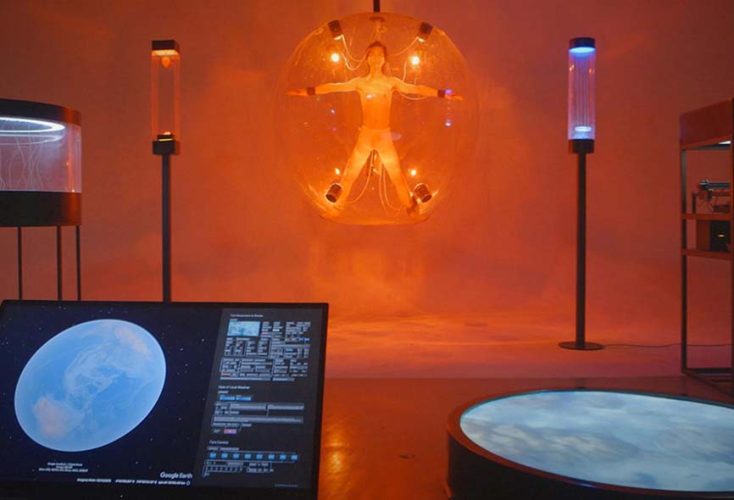
All connected, all affected
Shaun Hu’s works explore the relationship between humans and nature in the digital age. “Internet of Everything: All Connections” – currently part of the “human (un)limited” exhibition in Beijing – shows how everything around us is not only connected but also affected.
-
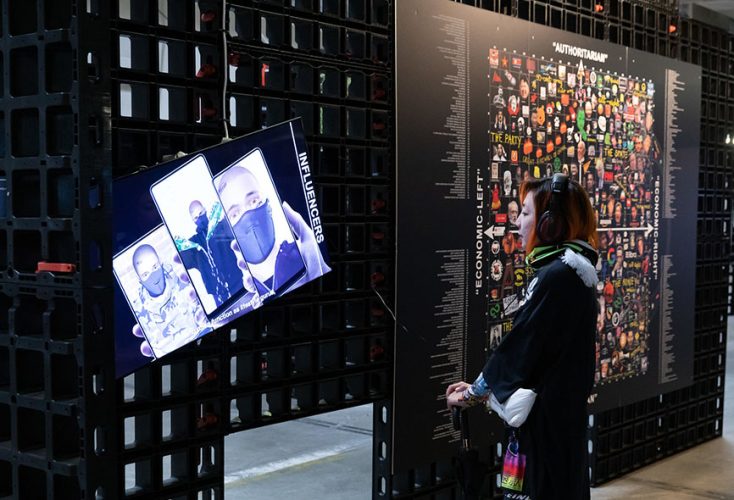
Let’s get STARTed!
It’s that time again! The submission for the STARTS Prize 2020 is open. Starting immediately, the European Commission, together with Ars Electronica, Bozar and Waag, is once again looking for pioneering projects at the interface of art, technology and science that contribute to economic and social innovation.
-
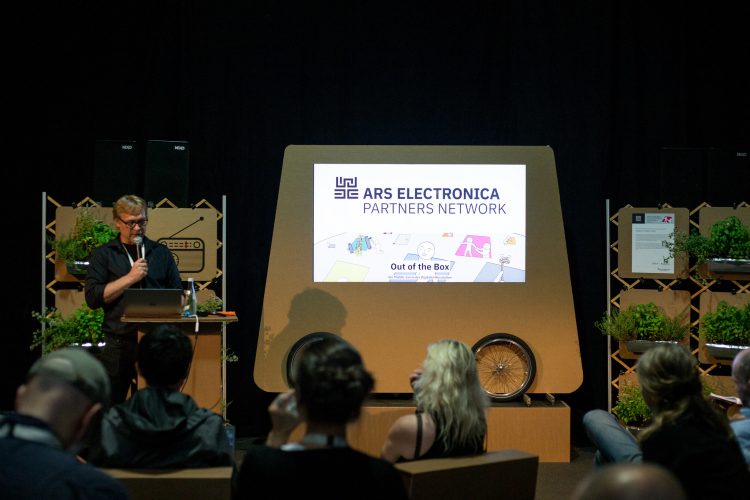
From Theory to Practice: Ars Electronica Research Institutes
Here, academic basic research meets Ars Electronica Futurelab’s artistic/scientific application scenarios: Starting in autumn 2019, the new Ars Electronica Research Institutes will be building a bridge between theory and practice. In this interview, we learned exactly what that looks like.
-
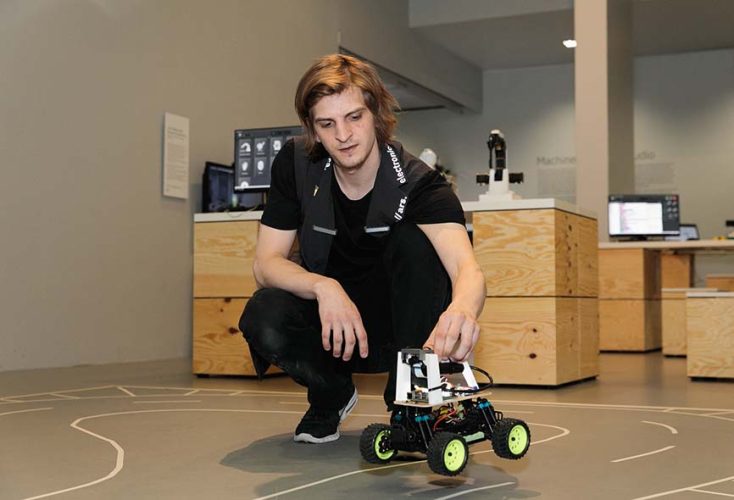
How to convert a remote controlled car into a Donkey Car
Ein “Donkey Car” ist ein selbstfahrendes Auto im Miniformat, ein ferngesteuertes Auto, das trainiert wird, um eigenständig einen Parcours bewältigen zu können. Im Rahmen der Themenwochen KI findet der Open Workshop “Donkey Training” statt, bei dem BesucherInnen mithilfe Künstlicher Intelligenz einem Roboauto das autonome Fahren beibringen können. Wir haben eine Schritt-für-Schritt-Anleitung für euch zusammengestellt, wie…
-
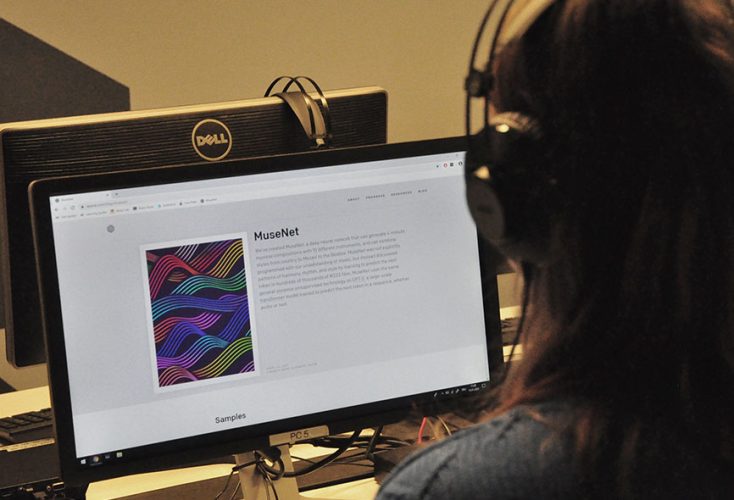
How to compose with MuseNet a piece of music in the style of Mozart
We tried for you how to compose music with the Deep Neural Network “MuseNet” from OpenAI and made a step-by-step guide based on it. If you want to learn more about composing music using AI, you should visit the Open Soundstudio at the Ars Electronica Center and participate in the “MuseNet Special” workshop.
-
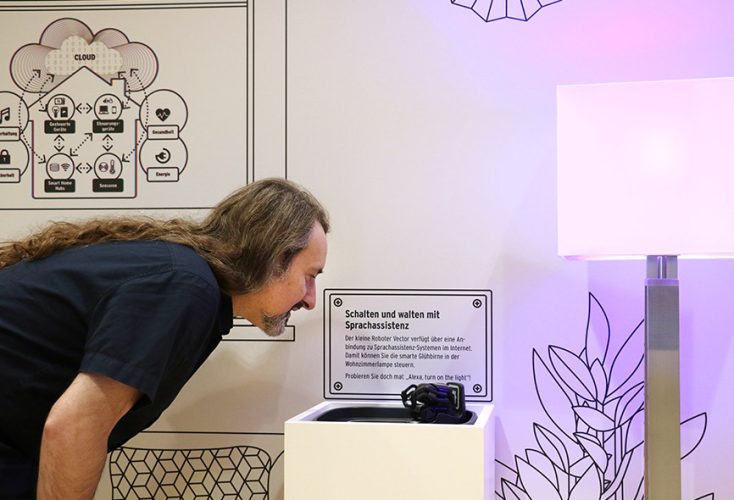
Smart Home – Sweet Home?
Digitalisation is on everyone’s mind. Artificial intelligence surrounds us in many everyday situations and moves into our most intimate living spaces. Everything is connected, we are constantly online. Is there still a life without the World Wide Web? Why shop yourself when the refrigerator can do it alone? Of the comforts and dangers of a…
-
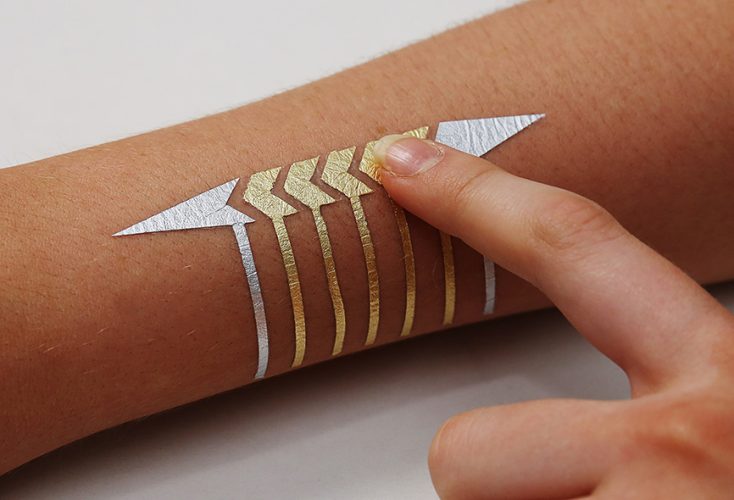
DuoSkin: Like a Second Skin
Nice metallic tattoo or modern on skin interface? Based on the aesthetics of temporary skin jewelry on skin, DuoSkin creates devices that allow users to control their mobile devices or display and store information on their skin. The project is currently part of Ars Electronica’s “human (un)limited” exhibition in Beijing.
